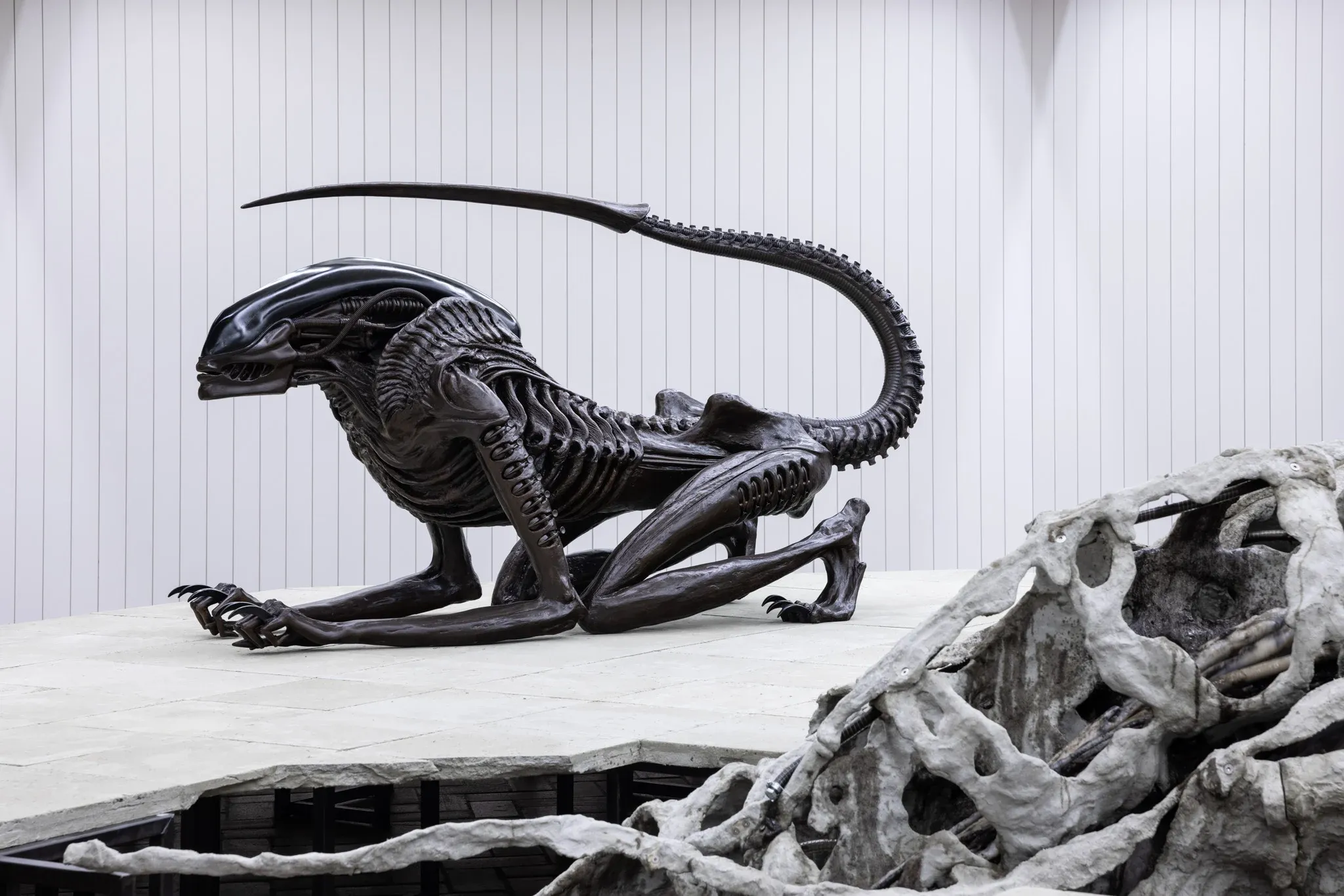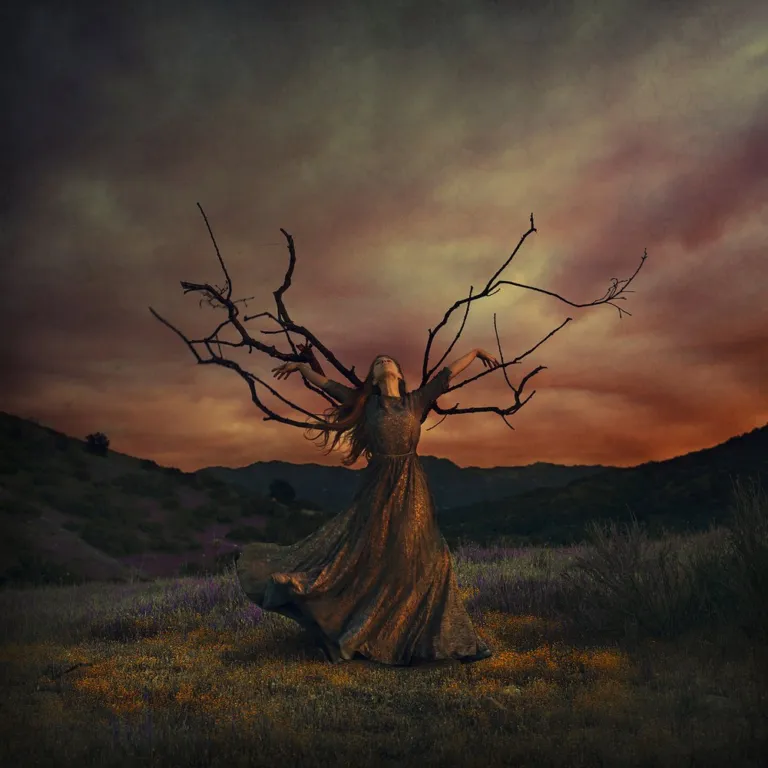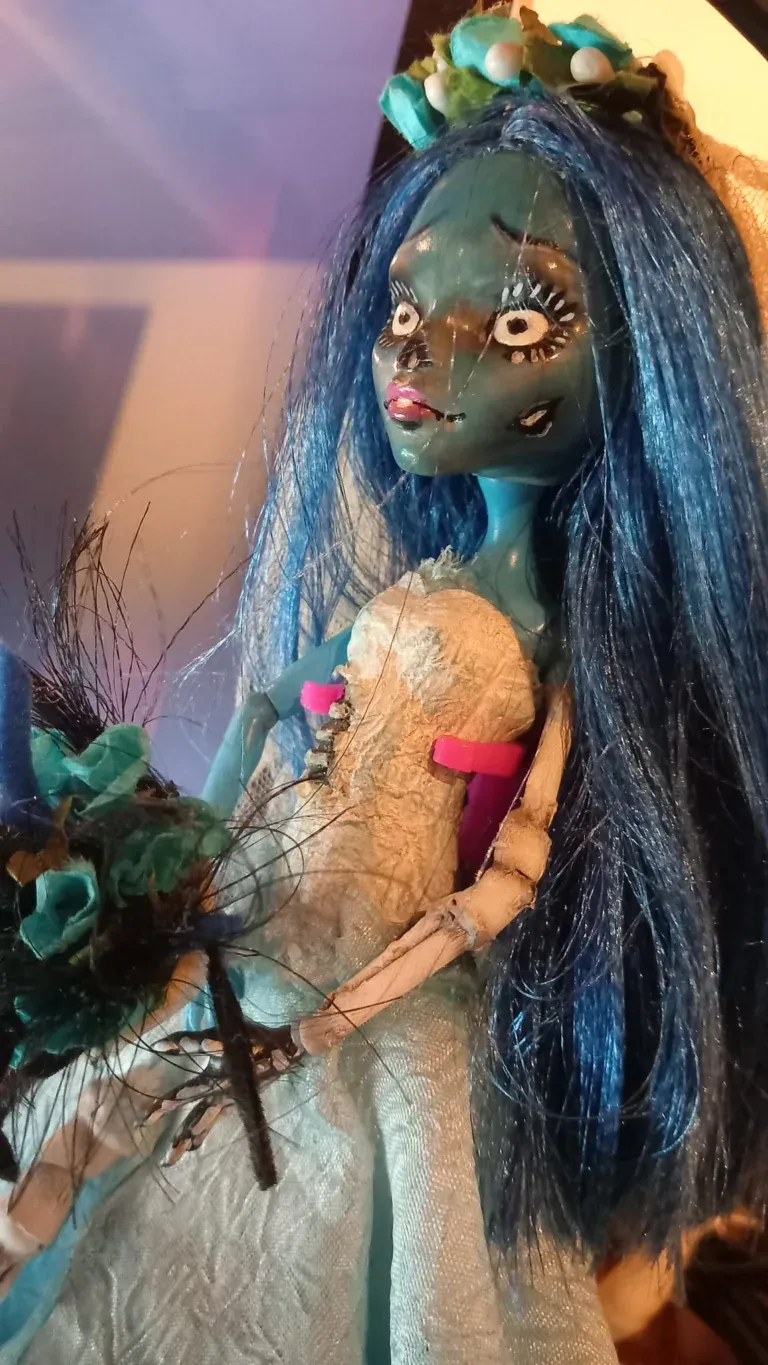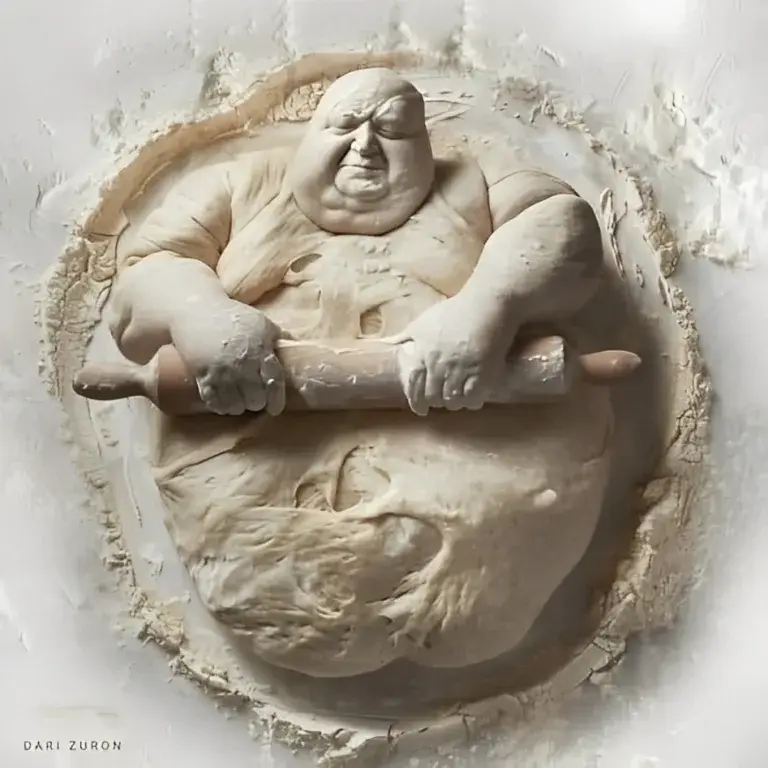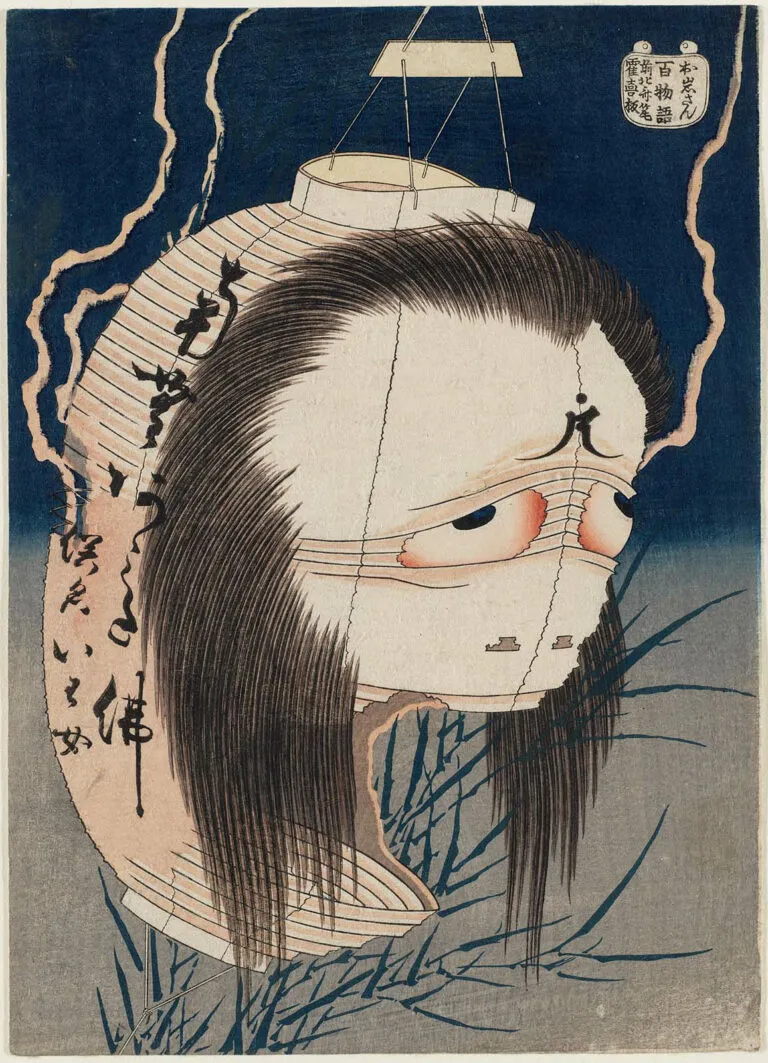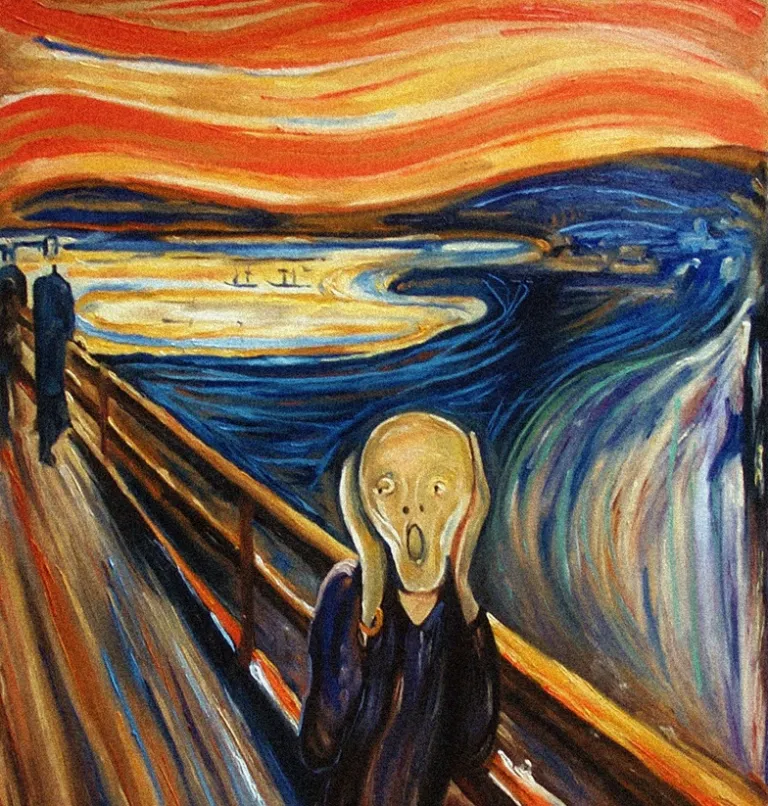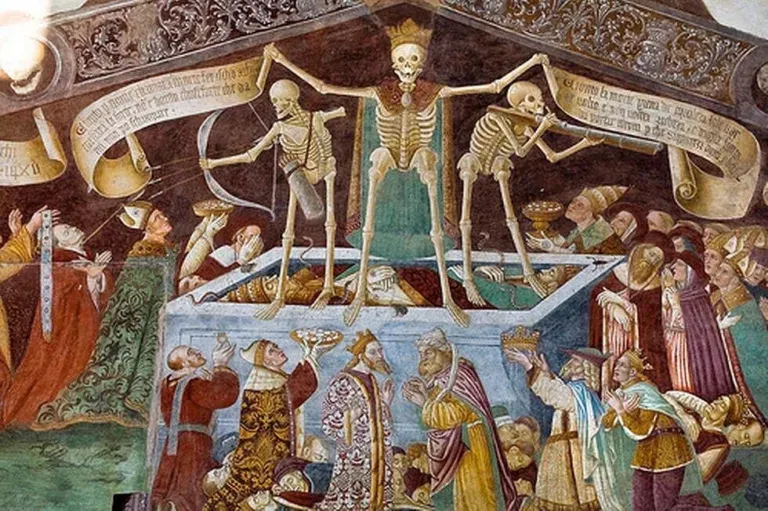The Best Horror Sculptors in History
The Best Horror Sculptors… the art of sculpture has a long tradition of exploring the darkest and most unsettling themes of the human experience. Over the centuries, numerous artists have created works that evoke fear, awe, and wonder, using diverse materials and innovative techniques. Here is an overview of the greatest horror sculptors in history.
1. H. R. Giger
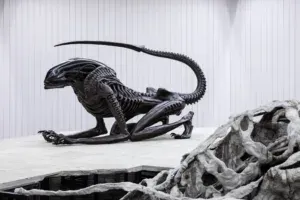 Hans Ruedi Giger is undoubtedly one of the most iconic names in horror art. Born in Switzerland, Giger is known for his works that blend biomechanical elements with horror themes. His most famous sculpture is undoubtedly the creation of the Xenomorph for the film “Alien” (1979). Giger developed a unique style characterized by fluid, organic forms that merge with technological elements, creating a sense of unease and terror.
Hans Ruedi Giger is undoubtedly one of the most iconic names in horror art. Born in Switzerland, Giger is known for his works that blend biomechanical elements with horror themes. His most famous sculpture is undoubtedly the creation of the Xenomorph for the film “Alien” (1979). Giger developed a unique style characterized by fluid, organic forms that merge with technological elements, creating a sense of unease and terror.
2. Clive Barker
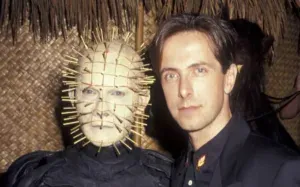 In addition to being a renowned writer and director, Clive Barker is also a skilled sculptor. Barker has created numerous artworks that explore horror and macabre themes, often inspired by his stories and films. His sculptures tend to depict grotesque and disturbing figures that reflect his unique vision of horror.
In addition to being a renowned writer and director, Clive Barker is also a skilled sculptor. Barker has created numerous artworks that explore horror and macabre themes, often inspired by his stories and films. His sculptures tend to depict grotesque and disturbing figures that reflect his unique vision of horror.
3. Zdzisław Beksiński
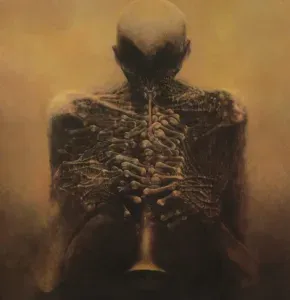 Although he is more widely known for his paintings and drawings, Zdzisław Beksiński also experimented with sculpture. His works are characterized by a dark and surreal aesthetic, evoking a sense of desolation and terror. Beksiński created sculptures that seem to emerge directly from his paintings, featuring skeletal figures and distorted forms that challenge the perception of reality.
Although he is more widely known for his paintings and drawings, Zdzisław Beksiński also experimented with sculpture. His works are characterized by a dark and surreal aesthetic, evoking a sense of desolation and terror. Beksiński created sculptures that seem to emerge directly from his paintings, featuring skeletal figures and distorted forms that challenge the perception of reality.
4. Jason Freeny
 Jason Freeny is a contemporary artist known for his sculptures that combine elements of toys and anatomy. Although his works are not traditionally horror, they have an unsettling effect due to their detailed and realistic dissection. Freeny deconstructs familiar figures such as cartoon characters and dolls, revealing their internal anatomy in a surreal and often disturbing manner.
Jason Freeny is a contemporary artist known for his sculptures that combine elements of toys and anatomy. Although his works are not traditionally horror, they have an unsettling effect due to their detailed and realistic dissection. Freeny deconstructs familiar figures such as cartoon characters and dolls, revealing their internal anatomy in a surreal and often disturbing manner.
5. Takayuki Takeya
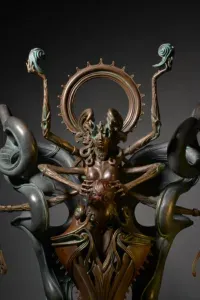 Takayuki Takeya is a Japanese sculptor known for his detailed and intricate sculptures of creatures and monsters. His works are often inspired by Japanese mythology and horror films. Takeya is particularly skilled at creating textures and details that make his sculptures extremely realistic and frightening. He has collaborated with numerous film and video game productions, helping to create some of the most iconic monsters in pop culture.
Takayuki Takeya is a Japanese sculptor known for his detailed and intricate sculptures of creatures and monsters. His works are often inspired by Japanese mythology and horror films. Takeya is particularly skilled at creating textures and details that make his sculptures extremely realistic and frightening. He has collaborated with numerous film and video game productions, helping to create some of the most iconic monsters in pop culture.
6. Louise Bourgeois
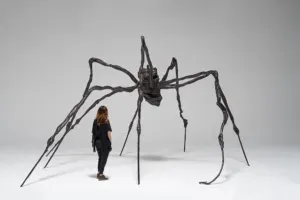 Louise Bourgeois is one of the most important figures in contemporary art, known for her large and unsettling sculptures. Her works explore themes such as fear, trauma, and anguish. One of her most famous sculptures, “Maman,” represents an enormous spider that evokes both protection and terror. Bourgeois was able to transform her personal fears into works of art that resonate deeply with the audience.
Louise Bourgeois is one of the most important figures in contemporary art, known for her large and unsettling sculptures. Her works explore themes such as fear, trauma, and anguish. One of her most famous sculptures, “Maman,” represents an enormous spider that evokes both protection and terror. Bourgeois was able to transform her personal fears into works of art that resonate deeply with the audience.
7. Mark Jenkins
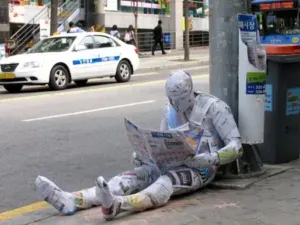 Mark Jenkins is known for his realistic sculptures of human figures often found in disturbing or macabre situations. Using materials such as tape and plastic, Jenkins creates installations that challenge perception and expectation, often placed in public spaces to surprise and scare passersby. His works play with the thin line between reality and fiction, creating a sense of unease.
Mark Jenkins is known for his realistic sculptures of human figures often found in disturbing or macabre situations. Using materials such as tape and plastic, Jenkins creates installations that challenge perception and expectation, often placed in public spaces to surprise and scare passersby. His works play with the thin line between reality and fiction, creating a sense of unease.
8. Ron Mueck
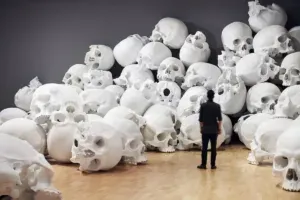 Ron Mueck is a hyperrealist artist whose human sculptures, often life-sized or oversized, have a powerful and disturbing impact. Although his works are not necessarily horror, the incredible realism and intense expressions of his figures can evoke a sense of discomfort. Mueck explores the vulnerability and fragility of the human condition, creating works that leave a lasting impression.
Ron Mueck is a hyperrealist artist whose human sculptures, often life-sized or oversized, have a powerful and disturbing impact. Although his works are not necessarily horror, the incredible realism and intense expressions of his figures can evoke a sense of discomfort. Mueck explores the vulnerability and fragility of the human condition, creating works that leave a lasting impression.
9. Patricia Piccinini
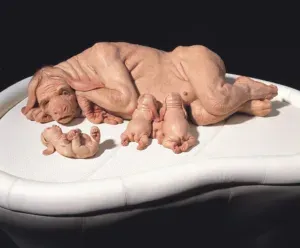 Patricia Piccinini is an Australian sculptor whose works explore the boundaries between the natural and the artificial. Her sculptures of hybrid creatures, often inspired by biotechnology and genetics, are both fascinating and unsettling. Piccinini invites the audience to reflect on themes such as evolution, genetic manipulation, and the future of humanity, creating works that are both beautiful and disturbing.
Patricia Piccinini is an Australian sculptor whose works explore the boundaries between the natural and the artificial. Her sculptures of hybrid creatures, often inspired by biotechnology and genetics, are both fascinating and unsettling. Piccinini invites the audience to reflect on themes such as evolution, genetic manipulation, and the future of humanity, creating works that are both beautiful and disturbing.
10. Tom Kuebler
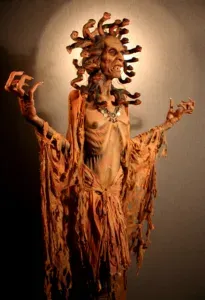 Tom Kuebler is known for his hyperrealistic sculptures of fantastic characters and monsters. Using silicone, resin, and human hair, Kuebler creates extremely detailed and realistic figures that seem ready to come to life. His works are often exhibited in museums and galleries around the world, where they continue to astonish and terrify visitors with their unsettling realism.
Tom Kuebler is known for his hyperrealistic sculptures of fantastic characters and monsters. Using silicone, resin, and human hair, Kuebler creates extremely detailed and realistic figures that seem ready to come to life. His works are often exhibited in museums and galleries around the world, where they continue to astonish and terrify visitors with their unsettling realism.
Conclusion
The art of horror sculpture continues to evolve, with new artists pushing the boundaries of imagination and technique. These sculptors, through their works, invite us to confront our deepest fears and explore the unknown. Whether through monstrous creatures, grotesque figures, or surreal interpretations of human anatomy, their creations remain etched in memory, offering a unique and unforgettable artistic experience.

